43 are non gmo labels required in europe
GMO Labeling | Science of GMOs Non-GMO Project Verified products must meet a threshold of no more than about 0.9 percent GE content, by weight, which is similar to the EU's threshold for mandatory labeling of processed foods made with GE ingredients. To verify that non-GE ingredients are used, traceability and segregation of inputs are also required. Related Posts - United States Mission to the European Union The regulation does not require labeling of food products that are not food ingredients, such as processing aids. Meat, milk or eggs obtained from animals fed with GM feed or treated with GM medicinal products do not require GM labeling. EU-harmonized legislation defining "non-GM", 'GM-free" or similar labeling terms does not (yet) exist.
GMO Labeling Laws per Country - Global Food Safety Resource GMO Labeling Laws If you look at the table below, only three countries implement a complete and total ban of genetically engineered (GE) food both imported and cultivated. Most of the countries in the EU region, Australia and New Zealand implement mandatory labeling with up to 1% labeling threshold of GMO content.
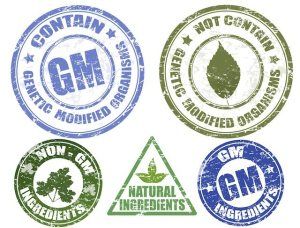
Are non gmo labels required in europe
GMO Facts - The Non-GMO Project Canada does not require any GMO labeling. GMOs are not currently labeled in the United States. However, the National Bioengineered Food Disclosure Standard (NBFDS) was published in the Federal Register on December 21, 2018. This law, which you may have heard called the DARK Act, is the start of mandatory GMO labeling in the United States. Understanding Non-GMO labeling - Kabrita USA In Europe, all GMO ingredients must be legally declared on the label. This is the law and has been in effect for over a decade. As a result, all crops and ingredients grown or produced in Europe are predominantly Non-GMO. This applies to animal feed, which is typically comprised of Non-GMO grasses like alfalfa along with Non-GMO soy and corn. How are GMOs labeled around the world? - Genetic Literacy Project It appears that no country requires labeling of foods produced with the aid of GM enzymes, including the vast majority of hard cheeses produced in the US and Europe. Such cheeses were...
Are non gmo labels required in europe. Non-GMO Production in Europe - ENGA Non-GMO production has developed into a well-established quality standard in many European countries: at present in Austria, France, Germany, Slovenia, Italy, Hungary, Poland, the Czech Republic, Switzerland and Bosnia-Herzegovina laws or industry agreements are in force that regulate non-GMO labelling on a voluntary basis. About Our Coalition - Clean Air California Prop 30 is supported by a coalition including CalFire Firefighters, the American Lung Association, environmental organizations, electrical workers and businesses that want to improve California’s air quality by fighting and preventing wildfires and reducing air pollution from vehicles. Mandatory GMO labels are coming to your food - Washington Post Food products may be exempted from labeling if they are made with some refined genetically modified sugars and oils, or if a product contains those ingredients in amounts that fall beneath a... PDF GMO, Bioengineered Labeling, and Non-GMO Food - Virginia Tech Non-GMO labels are voluntarily added to products by their manufacturers (Kuchler et al., 2017). There is no unified national definition of non-GMO, and there are many independent certifiers. The Non-GMO Project is probably the best-known non-GMO label but it is not the only one, and certification is not required for producers who want to make ...
GMO Labeling | OTA The final GMO labeling rule allows certified organic products to use absence claims such as "not genetically engineered" and "non-GMO." Organic prohibits GMO inputs so you can look for the USDA organic label if you want to avoid GMOs. This USDA regulation misses the mark in giving consumers the information they need to know about their foods. Study suggests new US GMO labeling law likely to have little effect on ... That said, the US GMO labeling law is notably less stringent and contains more exemptions than many other countries' labeling laws, particularly in Europe, so in that sense we would expect that import testing and restrictions on certain US products will remain similar to the current status quo." Genetically modified food in the European Union - Wikipedia The coexistence of GM and non-GM crops has raised significant concern in many European countries and so EU law also requires that all GM food be traceable to its origin, and that all food with GM content greater than 0.9% be labelled. [35] Due to high demand from European consumers for freedom of choice between GM and non-GM foods. Labeling Around the World | Just Label It Currently, 64 countries around the world require labeling of genetically modified foods. Unlike most other developed countries - such as 28 nations in the European Union, Japan, Australia, Brazil, Russia and even China - the U.S. has no laws requiring labeling of genetically modified foods. Below is a full list of countries that require labeling (courtesy of T...
USDA releases final GMO labeling rules - Alliance for Science The US Department of Agriculture has announced its final rule for labeling products made with genetically engineered (GMO) ingredients, which will now be called "bioengineered." In a win for farmers, the new rule states that no disclosure is required on refined foods such as vegetable oils and sugar if the modified genetic material is undetectable. GMOs in US vs. EU: United States regulates usage while Europe fears ... The GLP aggregated and excerpted this blog/article to reflect the diversity of news, opinion and analysis. While the U.S. and the EU take opposing The European Union on GMOs: Achieving compliance for your product Therefore, the EU has established a 0.9% GMO threshold, per ingredient, for application of the mandatory labeling requirement. "Genetically modified" labeling is not required if the percent GMO is no higher than 0.9% per ingredient, provided that any GMO presence is "adventitious" or "technically unavoidable." GMO Authorization NON-GMO Documents and Procedures NON-GMO Food Control Council - Documentation. On this page, you can access NON-GMO Food Control Council official documents, certification procedures and management system standards. NON_GMO_AGRICULTURE STANDARD. Show & Download.
Stock Quotes, Business News and Data from Stock Markets | MSN ... Get the latest headlines on Wall Street and international economies, money news, personal finance, the stock market indexes including Dow Jones, NASDAQ, and more. Be informed and get ahead with ...
The Truth Behind GMO Labeling | GMO Answers The non-GMO label means a food product contains fewer than 1% of genetically modified ingredients. Because of this, food labeled non-GMO is not legally considered GMO-free. GMOs (genetically modified organisms) are crops that have been created to produce more desirable traits. Non-GMO labels can differ in other countries.
How GMOs Are Regulated in the United States | FDA The Standard establishes requirements for labeling foods that humans eat that are or may be bioengineered and defines bioengineered foods as those that contain detectable genetic material that...
PPIC Statewide Survey: Californians and Their Government Oct 27, 2022 · Key Findings. California voters have now received their mail ballots, and the November 8 general election has entered its final stage. Amid rising prices and economic uncertainty—as well as deep partisan divisions over social and political issues—Californians are processing a great deal of information to help them choose state constitutional officers and state legislators and to make ...
Non-GMO NON GMO is one of the fastest growing claims in the food industry in recent years. Most consumers in the European Union agree that genetic engineering should be avoided in food production, regardless of education level or nationality. GMOs create a pathway to advantages and benefits, but they also raise extremely important questions.
GMO | EFSA - European Food Safety Authority GM foods and feeds can be authorised in the EU only if they have passed a rigorous safety assessment. The procedures for evaluation and authorisation of GM foods and feeds are laid down in the following documents: EU regulatory framework on GMOs - European Commission, DG Health and Consumers Member States and GMO cultivation
Genetically modified food - Wikipedia The "Non-GMO Project Seal" indicates that the product contains 0.9% or less GMO ingredients, which is the European Union's standard for labeling. Efforts across the world that are being made to help restrict and label GMO's in food involve antigenic engineering campaigns and in America the "Just Label It" movement is joining organizations ...
ENGA pushes for non-GMO food labelling across Europe - FoodNavigator "With our non-GMO label, we are trying to close a loophole in the EU GMO labelling legislation." According to EU legislation, milk, eggs and meat are not required to carry GMO labels if the animals that produced them were fed with genetically modified feed. If a producer wants to label its food as non-GMO, non-GMO feed must be used.
GMO legislation - Food Safety directive 2001/18/ec does not provide for the involvement of the european food safety authority (efsa) on notifications under its part b (deliberate release of gmos for any other purpose than for placing on the market).conversely, this directive requires efsa to provide scientific output on notifications under part c of the directive (placing on …
Traceability and labelling - Food Safety There exist "GM-free labels" pointing out that, in addition to what is laid down by the EU legislation on GMOs, specific measures have been taken on a voluntary basis to strictly exclude the presence or the use of GMOs in some food or feed products. Such voluntary labels are possible provided that they are not misleading for the consumer.
Guidance: Voluntary Labeling Food from Genetically Engineered Plants This guidance addresses the voluntary labeling of plant-derived foods with information concerning whether the food was or was not produced using genetic engineering.
Non-GMO labels are on the rise in Europe - but why? - FoodNavigator But why the need for non-GMO label at all if manufacturers have a legal requirement to be transparent about GM content? Alexander Hissting, managing director of the German Association of GM-free Food ( Verband Lebensmittel ohne Gentechnik ) told FoodNavigator: "The necessity comes … from the loopholes in the current EU labelling regime for ...
Health claim - Wikipedia A health claim on a food label and in food marketing is a claim by a manufacturer of food products that their food will reduce the risk of developing a disease or condition. For example, it is claimed by the manufacturers of oat cereals that oat bran can reduce cholesterol, which will lower the chances of developing serious heart conditions.
Preparing for GMO labeling in 2022 - Food Business News Manufacturers will be required to label products containing GMOs by 2022. The standard mandates the use of the term "bioengineered" instead of "GMO" in disclosures. It also allows a 5%...
Differing U.S. and European Perspectives on GMOs: Political ... - IATP Recently the United States and the EU have clashed over the validity of national labelling requirements on GMO agricultural products. The most controversial of proposed regulations would mandate segregation of GMOs from traditional crops, requiring labels on all seed products containing greater than a specified amount of GMO product.
Organic 101: Can GMOs Be Used in Organic Products? | USDA Feb 21, 2017 · This is the thirteenth installment of the Organic 101 series that explores different aspects of the USDA organic regulations. The use of genetic engineering, or genetically modified organisms (GMOs), is prohibited in organic products. This means an organic farmer can’t plant GMO seeds, an organic cow can’t eat GMO alfalfa or corn, and an organic soup producer can’t use any GMO ...
Genetically modified food controversies - Wikipedia Connecticut and Maine had passed laws in 2013 and 2014 respectively, which would have required GMO food labels if Northeast states with a population of at least 20 million had passed similar laws (and for Connecticut, representing at least four states). Other jurisdictions make such labeling voluntary or have had plans to require labeling.
How are GMOs labeled around the world? - Genetic Literacy Project It appears that no country requires labeling of foods produced with the aid of GM enzymes, including the vast majority of hard cheeses produced in the US and Europe. Such cheeses were...
Understanding Non-GMO labeling - Kabrita USA In Europe, all GMO ingredients must be legally declared on the label. This is the law and has been in effect for over a decade. As a result, all crops and ingredients grown or produced in Europe are predominantly Non-GMO. This applies to animal feed, which is typically comprised of Non-GMO grasses like alfalfa along with Non-GMO soy and corn.
GMO Facts - The Non-GMO Project Canada does not require any GMO labeling. GMOs are not currently labeled in the United States. However, the National Bioengineered Food Disclosure Standard (NBFDS) was published in the Federal Register on December 21, 2018. This law, which you may have heard called the DARK Act, is the start of mandatory GMO labeling in the United States.
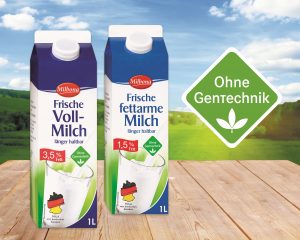
![PDF] Labeling policy for GMOs: to each his own? | Semantic ...](https://d3i71xaburhd42.cloudfront.net/f4c96968846c291b63ebea61ad639f5d9b18440c/3-Table1-1.png)

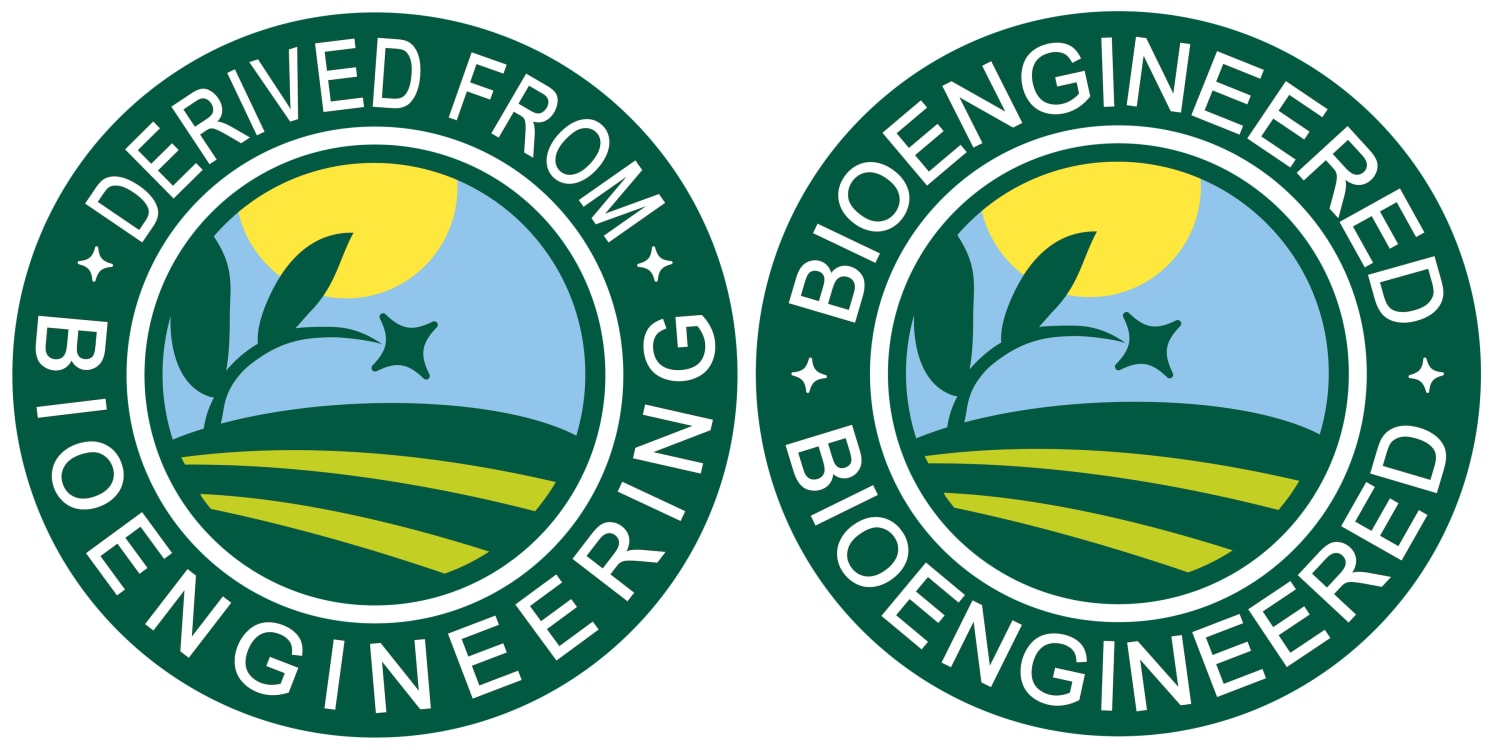
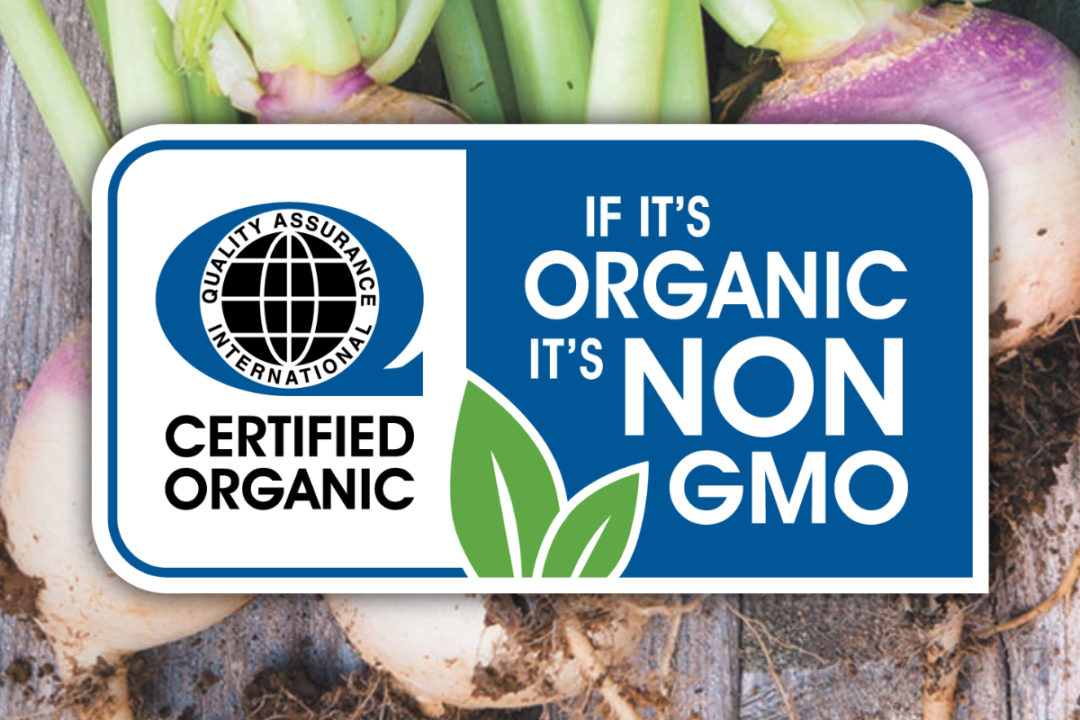
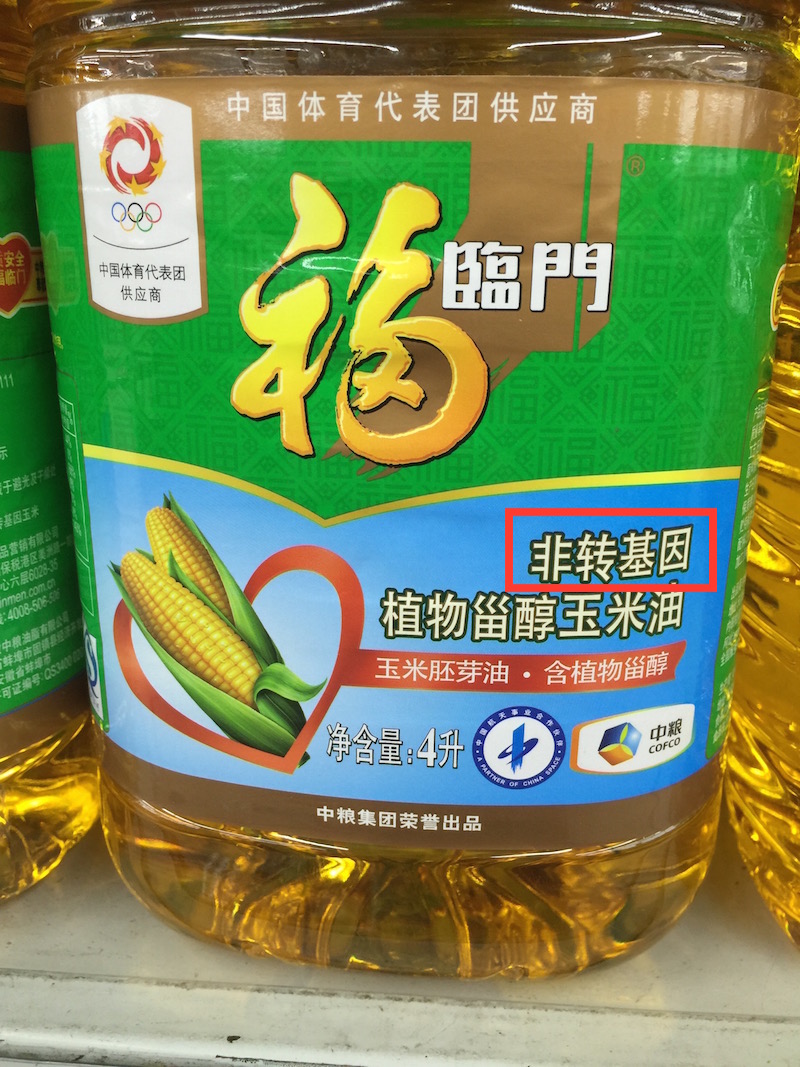
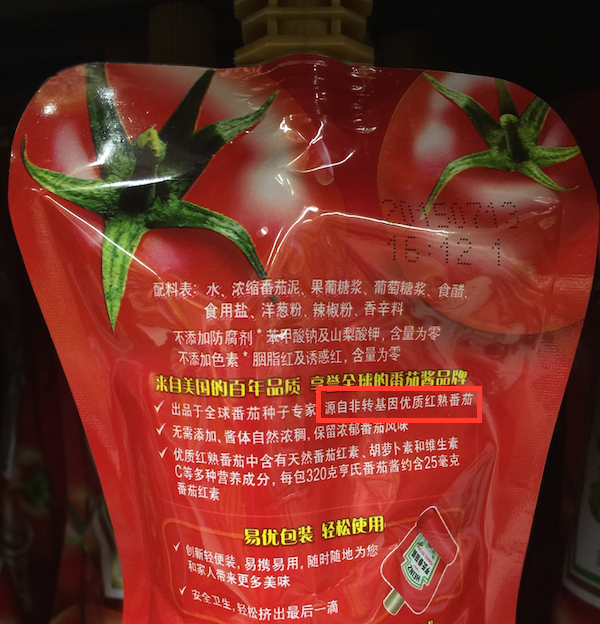
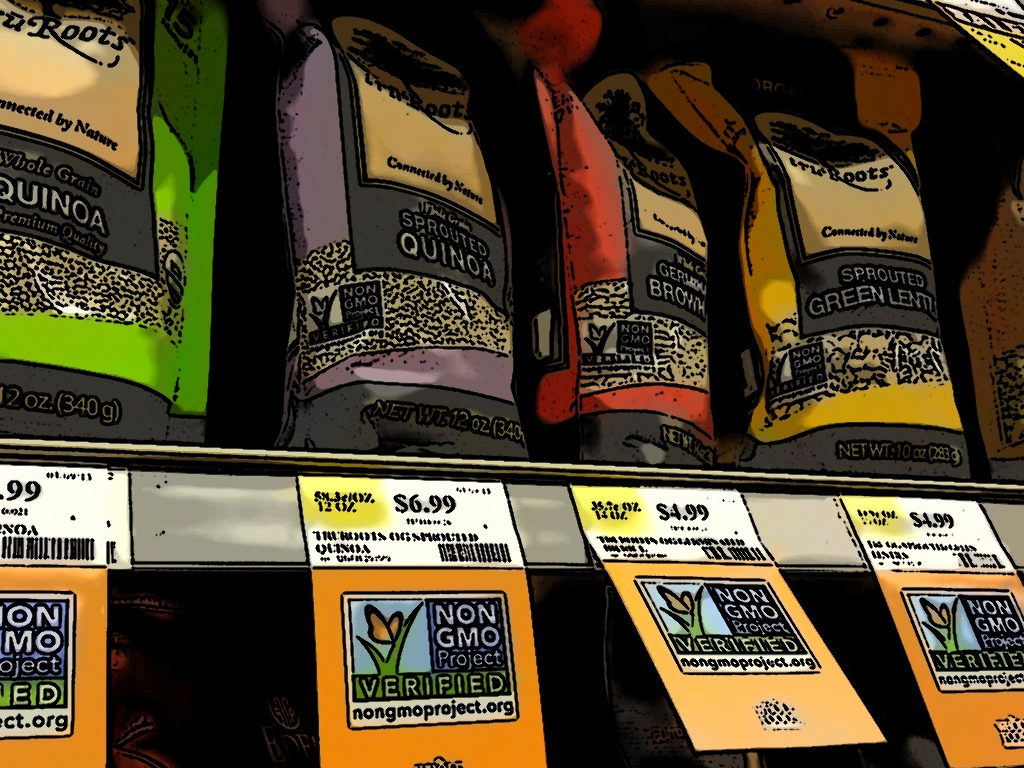







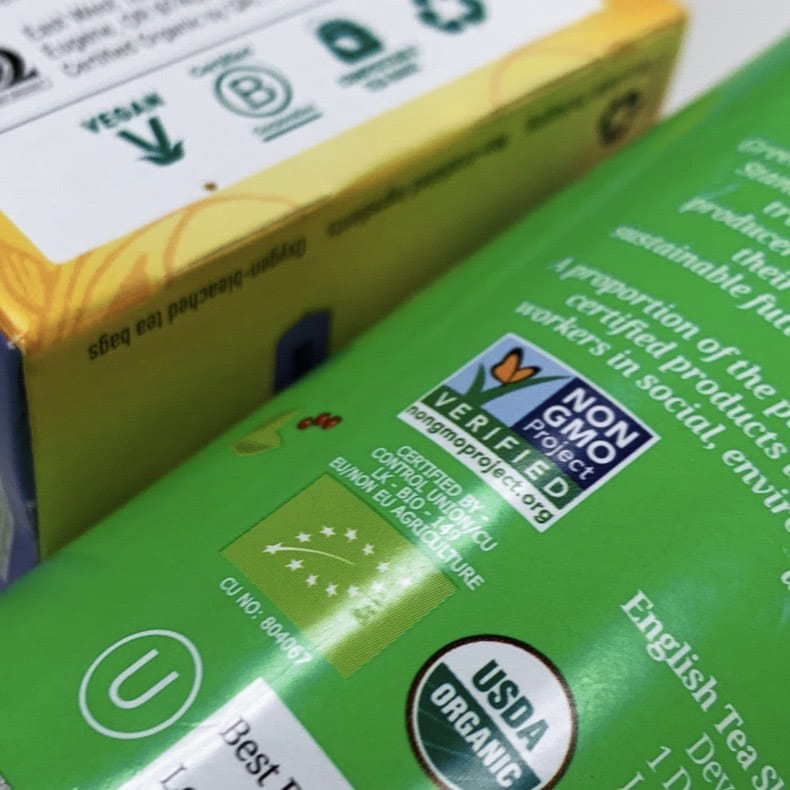

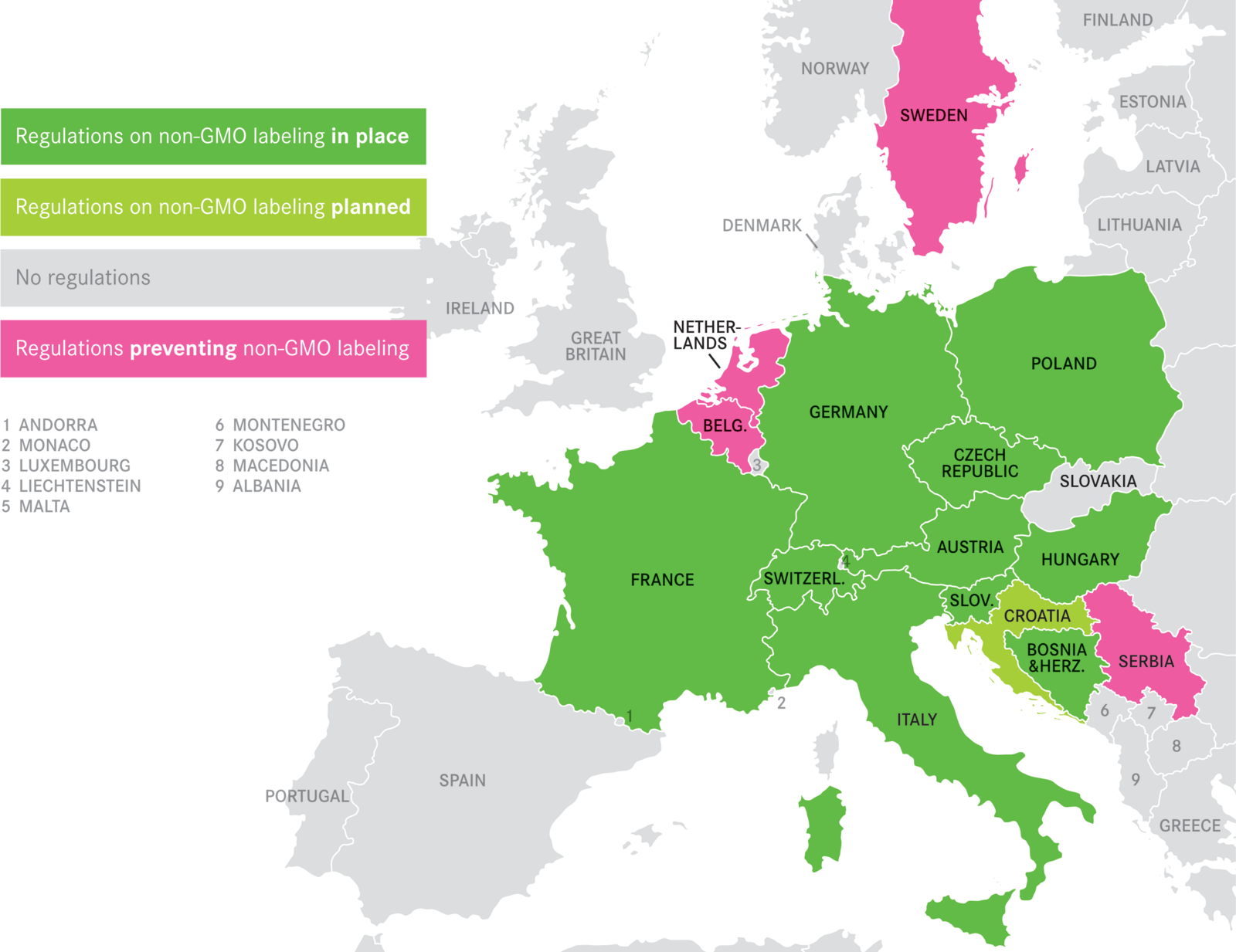

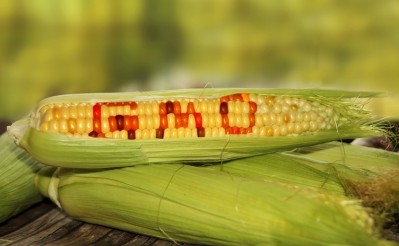




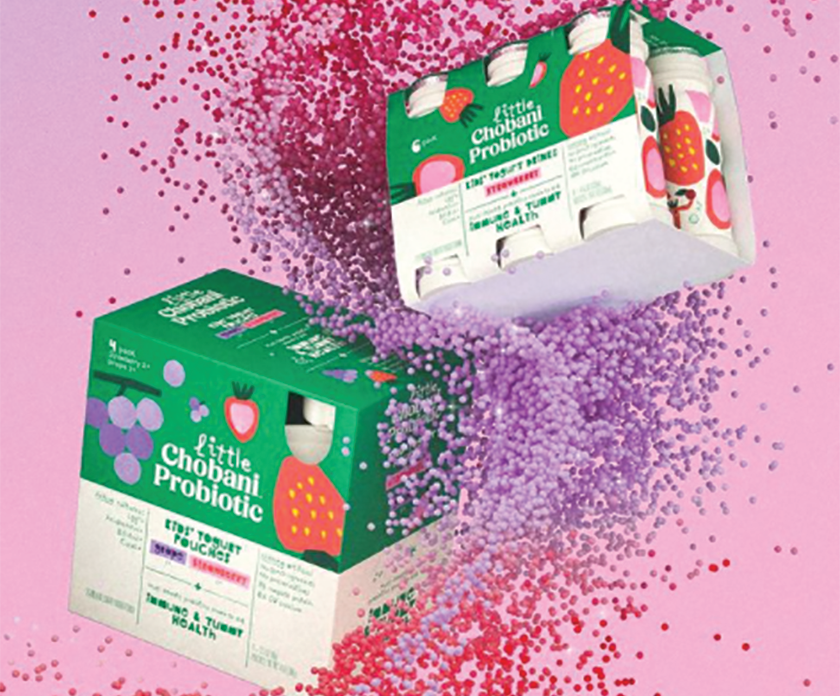

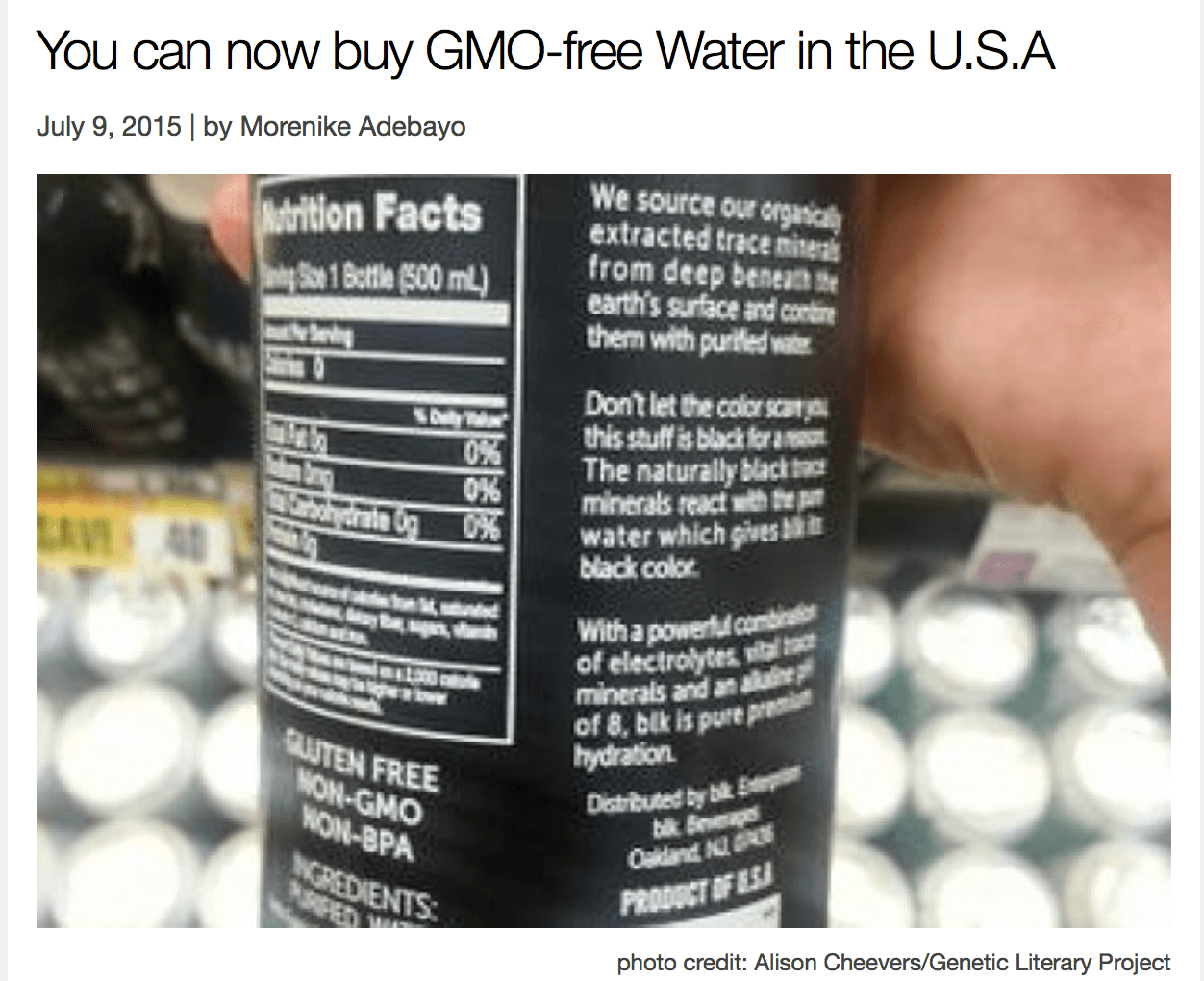
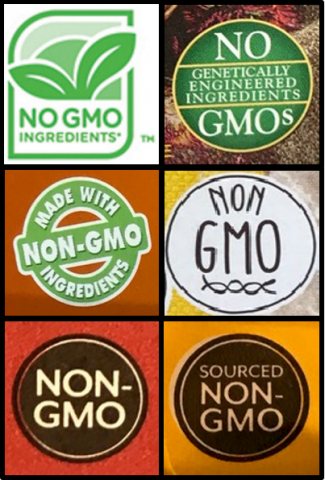
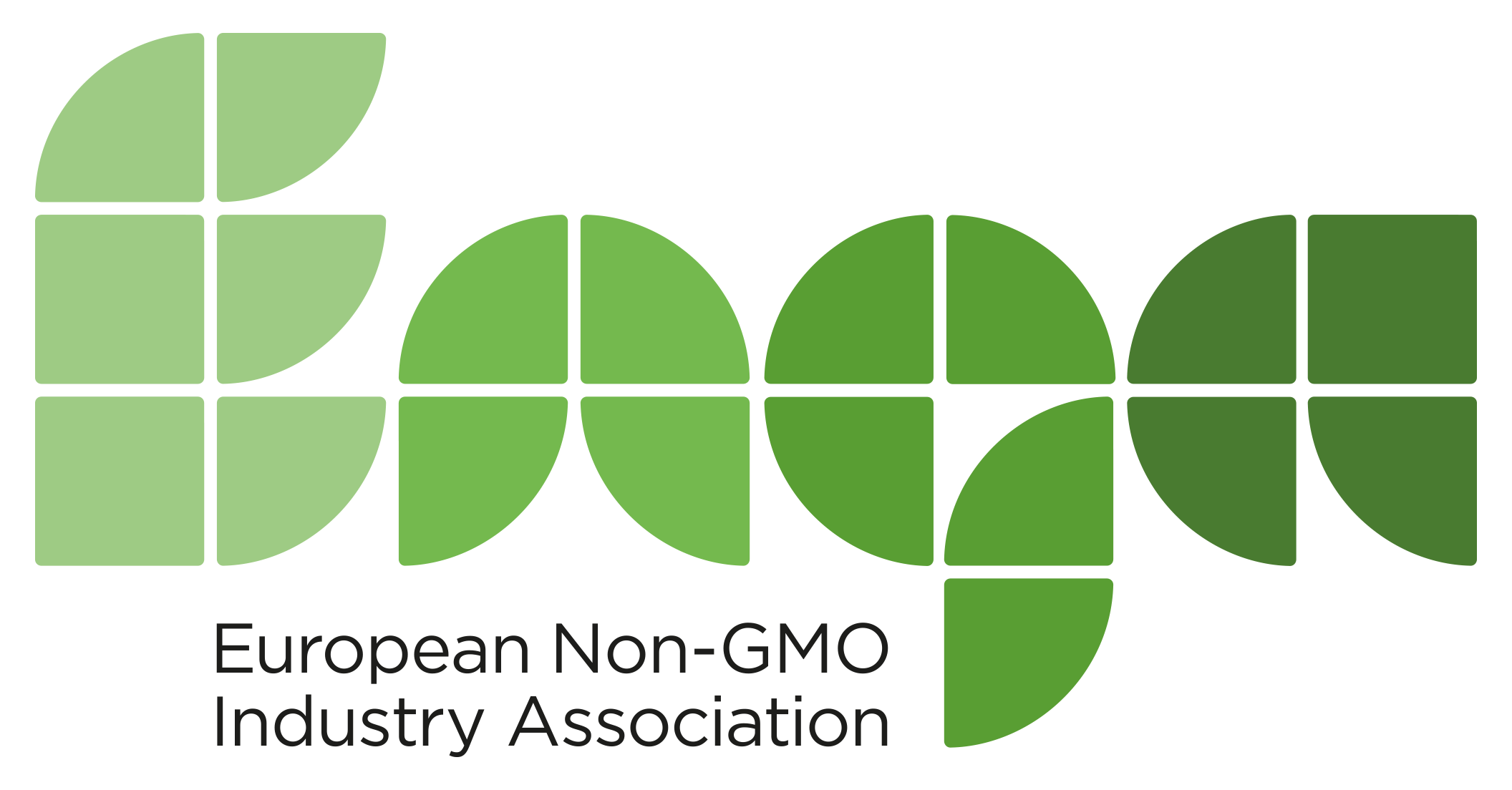


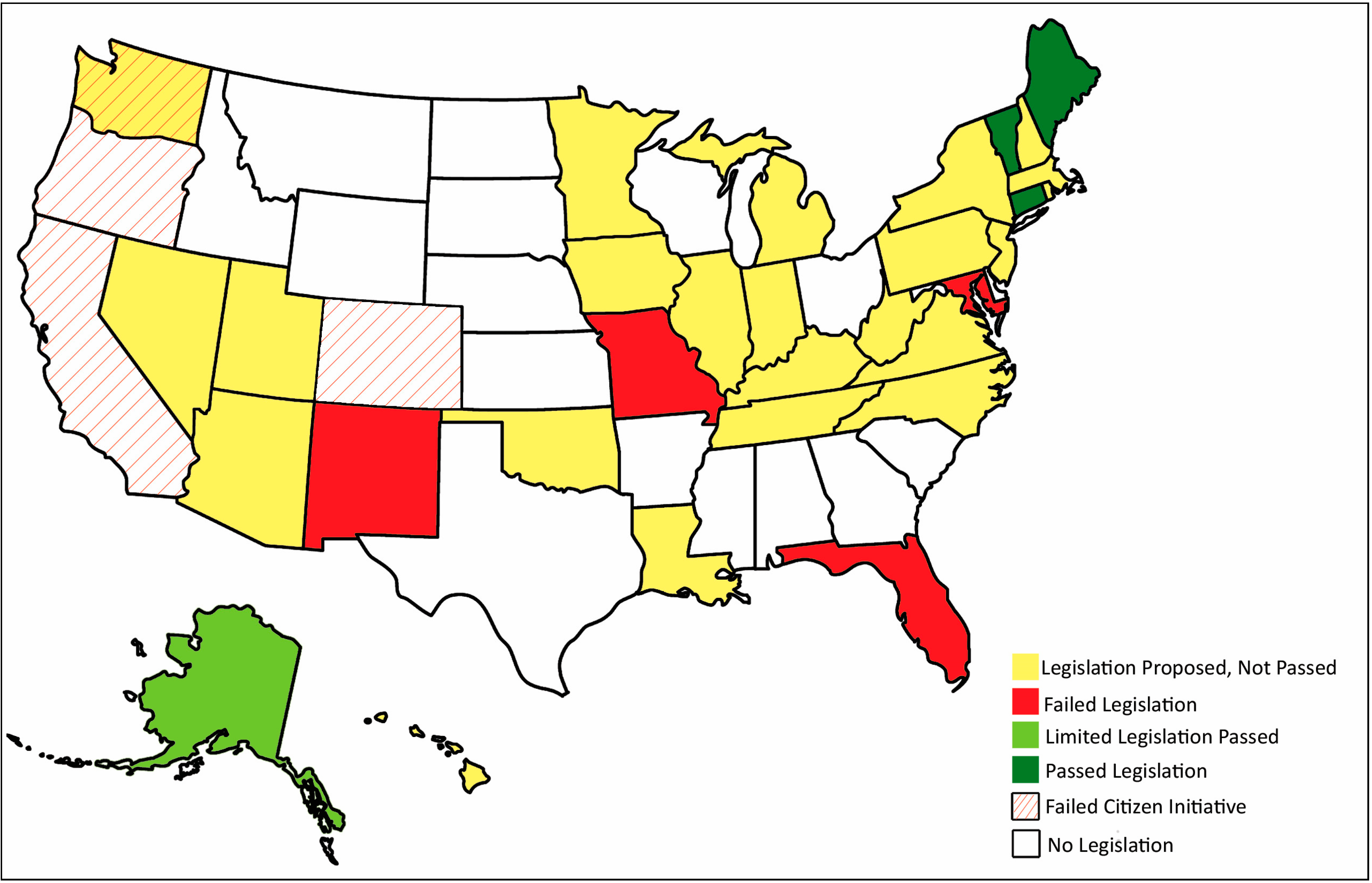

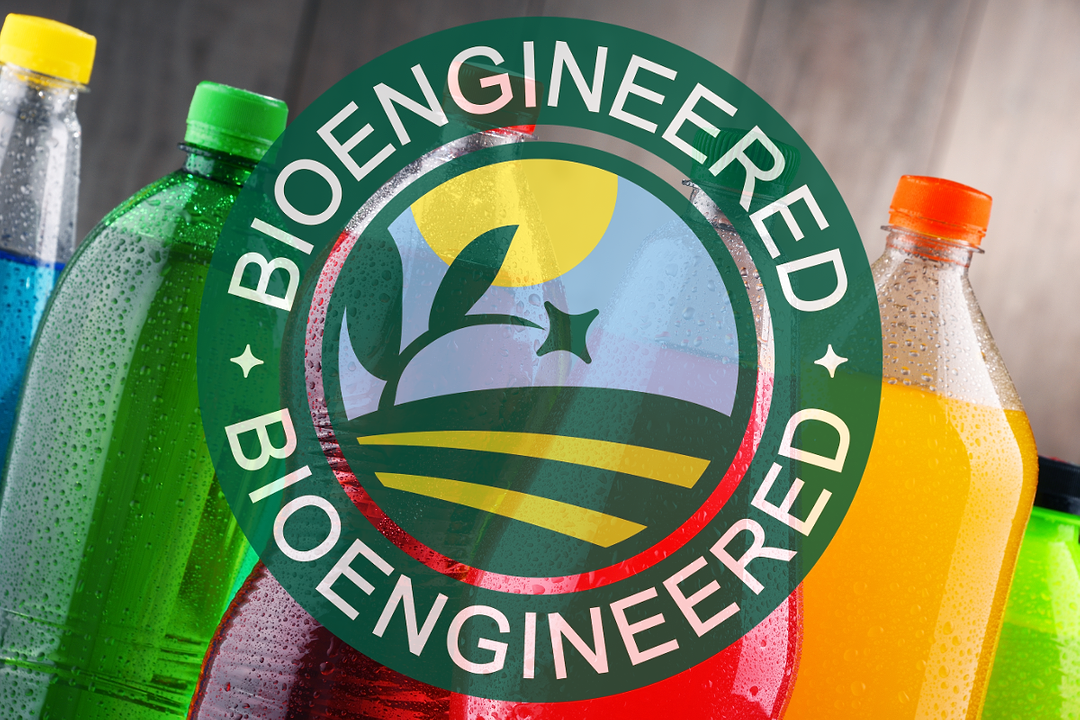

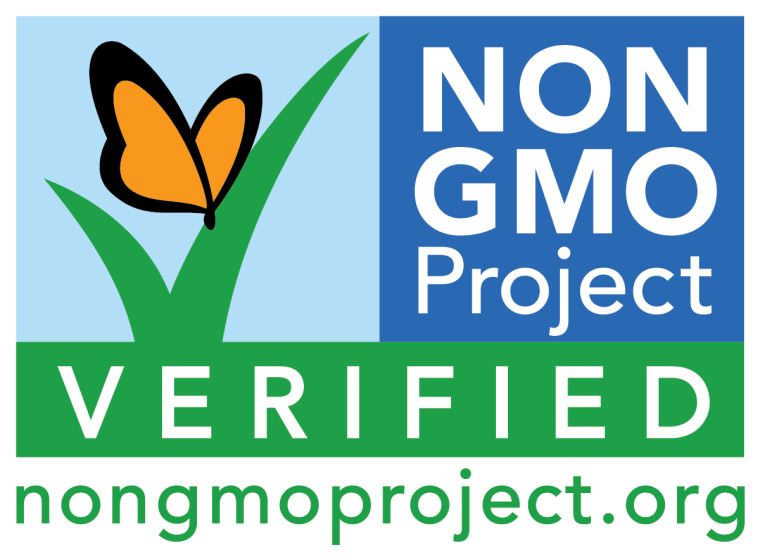
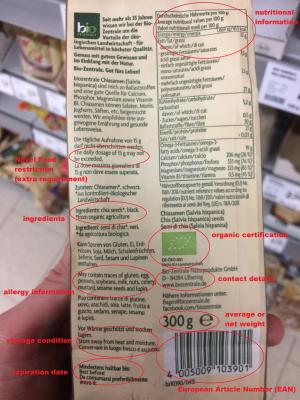
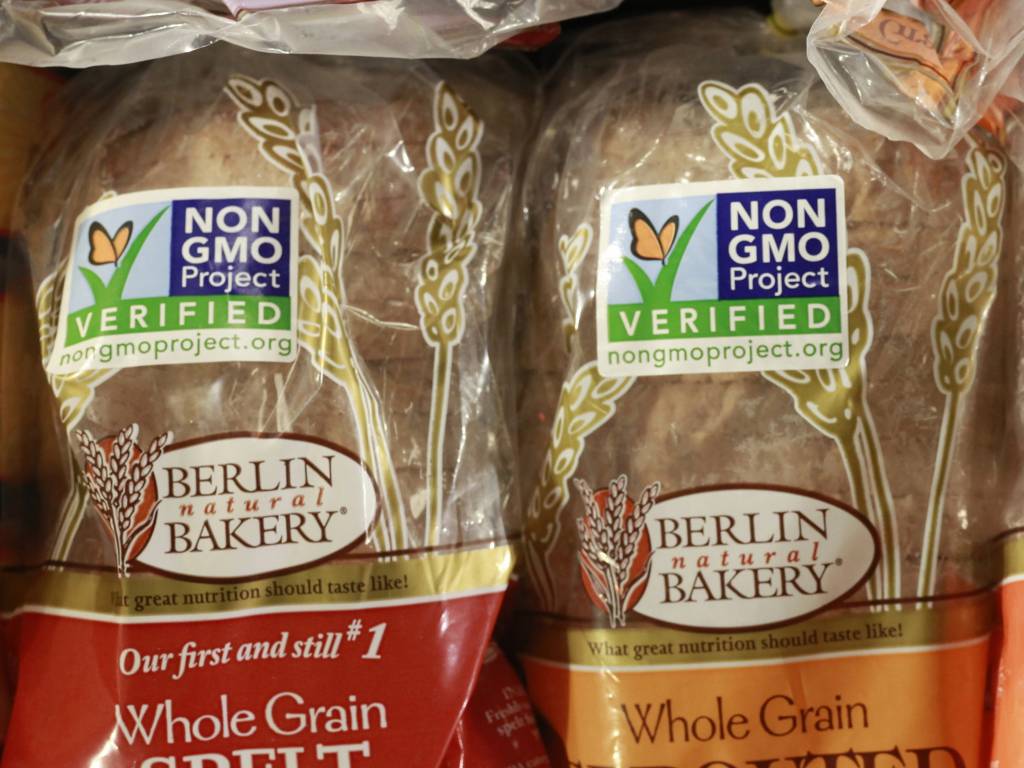




Post a Comment for "43 are non gmo labels required in europe"